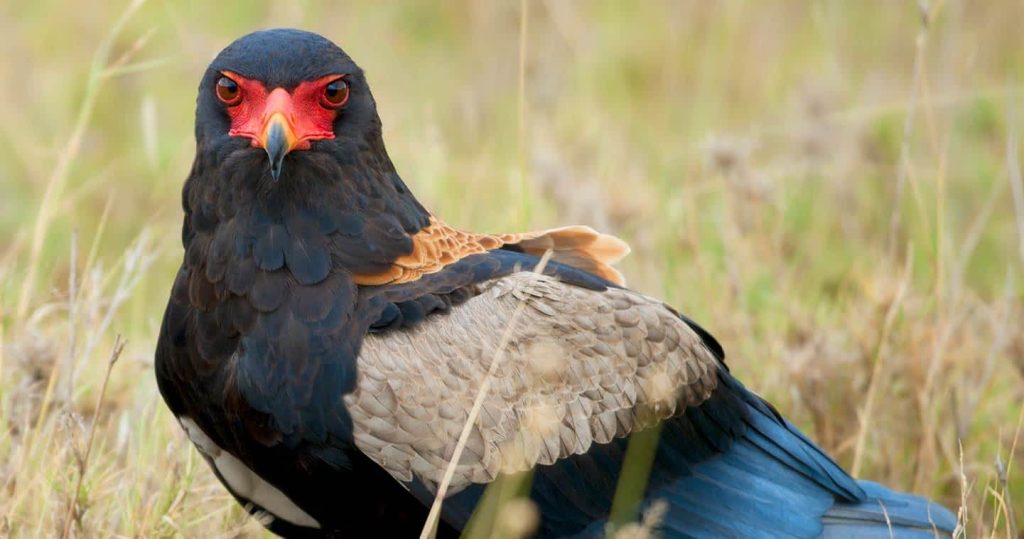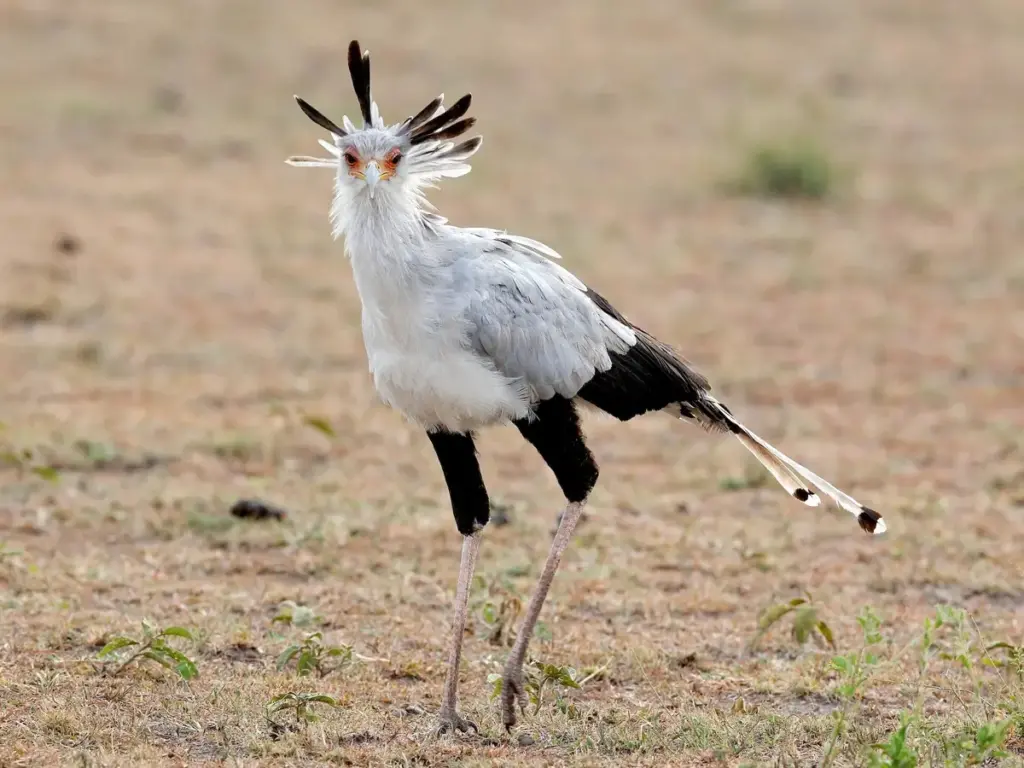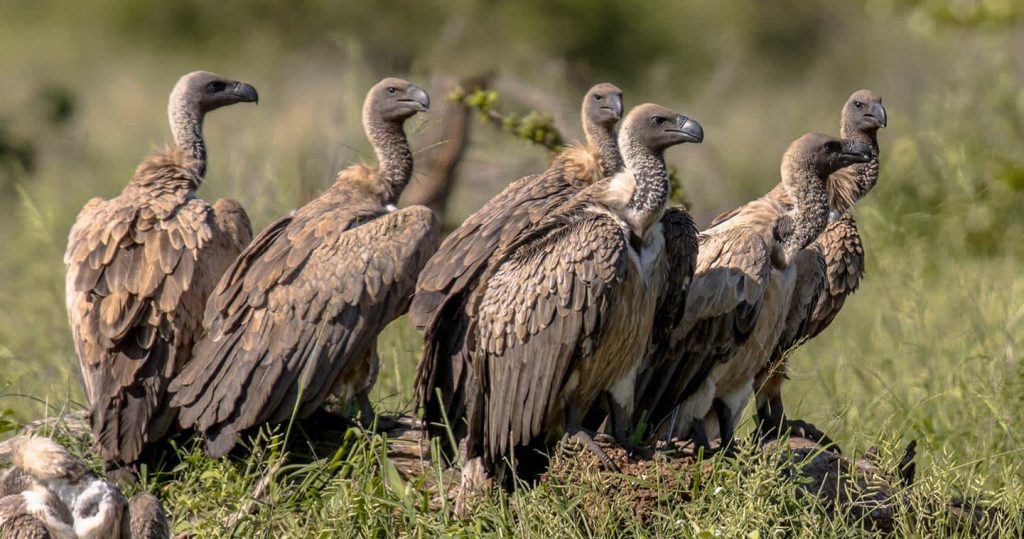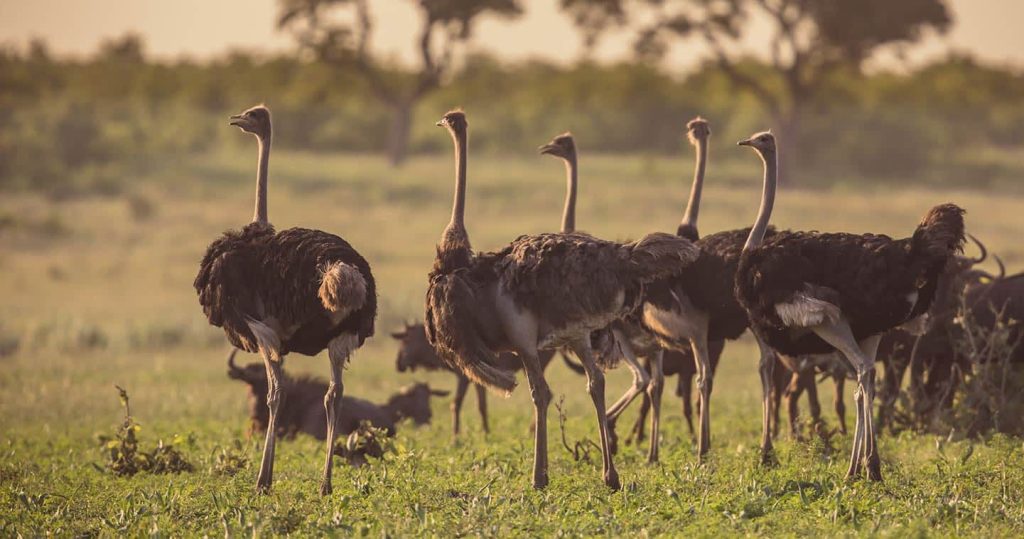From Eagles to Rollers: Birdwatching in the Serengeti




Serengeti Birdwatching
The Serengeti National Park is a birdwatcher’s paradise, offering a diverse range of habitats that attract over 500 bird species. From powerful eagles soaring above the plains to the colorful lilac-breasted rollers darting through the air, the Serengeti is home to an extraordinary variety of avian life. For both avid birdwatchers and casual nature lovers, Serengeti birdwatching provides an unforgettable experience, highlighting the incredible beauty and biodiversity of East Africa’s landscapes.
Why Serengeti Birdwatching Is Special
The Serengeti’s vast ecosystem, spanning woodlands, grasslands, rivers, and acacia trees, provides unique habitats that support numerous bird species year-round. With open plains ideal for spotting large, ground-dwelling birds and dense trees that shelter forest dwellers, birdwatchers have opportunities to observe a wide range of species. Birdwatching in the Serengeti is not only about spotting the birds but also about witnessing their behaviors, such as hunting, mating dances, and calls that add to the Serengeti’s rich soundscape.
Top Birds to Spot in the Serengeti
- Eagles: Eagles are among the Serengeti’s most majestic birds. The African fish eagle, known for its iconic call, can often be seen near water bodies like the Seronera River. The tawny eagle and the martial eagle, Africa’s largest eagle, are often spotted soaring high above the plains, searching for prey. Martial eagles have a wingspan of over 8 feet and are powerful hunters.
- Lilac-Breasted Rollers: The lilac-breasted roller, known for its stunning colors, is one of the Serengeti’s most beautiful birds. With bright blue, green, and lilac feathers, the roller is often seen perched on tree branches, scanning the area for insects. Their aerial acrobatics are a spectacular sight, especially during mating season.
- Ostriches: The Serengeti is one of the best places to spot ostriches in the wild. As the world’s largest bird, ostriches can weigh over 300 pounds and reach speeds up to 45 miles per hour. You’ll often see these remarkable birds roaming the plains in small groups or pairs.
- Secretary Birds: Known for their long legs and distinctive crest, secretary birds are unique hunters that stomp on their prey, usually snakes, to catch them. These birds are often found striding gracefully through the grasslands, and their distinctive look and behavior make them an interesting find for birdwatchers.
- Kori Bustards: The Kori bustard is Africa’s heaviest flying bird, with males weighing up to 40 pounds. They’re commonly found in the Serengeti’s open grasslands, feeding on small mammals, insects, and reptiles. During mating season, males perform elaborate courtship displays, making them an exciting bird to observe.
- Vultures: Vultures play a crucial ecological role in the Serengeti as scavengers, keeping the environment clean by consuming animal remains. Species include the white-backed vulture, Rüppell’s vulture, and the lappet-faced vulture. These birds are often seen circling in the sky, especially during the Great Migration, when carcasses are plentiful.
- Flamingos: In the wetter areas of the Serengeti, especially near lakes and swamps, you may find flocks of flamingos. While more commonly associated with Lake Natron, flamingos occasionally visit the Serengeti’s smaller water bodies, adding a touch of pink to the landscape.
- Helmeted Guineafowl: These small, ground-dwelling birds with distinctive blue heads and speckled feathers are frequently seen in groups foraging for seeds and insects. Their quirky appearance and social behavior make them a popular sighting.
- Weaver Birds: Known for their intricate, woven nests, weavers are highly social birds often seen in colonies. The Serengeti is home to several species, including the red-billed quelea and the village weaver, whose nests hang from tree branches in clusters.
Birdwatching Seasons in the Serengeti
The Serengeti’s birdwatching experience is excellent year-round, but certain times of the year offer distinct advantages for spotting specific species.
- Wet Season (November to April): The wet season brings an influx of migratory birds, particularly from Europe and Asia. This is the best time to see colorful birds like the European bee-eater and the black-winged stilt. The landscape is lush and green, and many birds are in breeding plumage, making them more vibrant and easier to spot.
- Dry Season (June to October): Although migratory birds are fewer, the dry season offers exceptional opportunities to see raptors, vultures, and ground-dwelling birds around water sources, as animals gather to drink. The dry, golden landscape creates a beautiful contrast against the birds’ feathers, enhancing photography opportunities.
Key Birdwatching Locations in the Serengeti
- Seronera Valley: Seronera is one of the most accessible areas in the Serengeti for birdwatching. The valley’s permanent river system attracts diverse bird species, including waterfowl, raptors, and smaller songbirds. Riverine forests provide excellent cover, making it a perfect habitat for birds.
- Grumeti River: The Grumeti River area in the western corridor of the Serengeti attracts large flocks of birds due to its seasonal water supply. Here, birdwatchers can spot kingfishers, herons, and African fish eagles, along with the occasional flamingo.
- Ndutu Region: Near the border of the Ngorongoro Conservation Area, the Ndutu region is a popular spot for birdwatchers, especially in the wet season. Flamingos, waterfowl, and migratory birds congregate around Lake Ndutu and Lake Masek, creating a colorful display of bird life.
- Lobo Area: The Lobo area in the northern Serengeti is ideal for spotting raptors like the Verreaux’s eagle and martial eagle, along with vultures and other large birds. This region’s high cliffs provide ideal nesting sites for eagles and falcons, making it a rewarding stop for bird enthusiasts.
Unique Birdwatching Experiences
- Early Morning Birdwatching: Early mornings are the best time for birdwatching in the Serengeti, as the cooler temperatures make birds more active. Many lodges and camps offer guided birdwatching walks or drives at dawn, allowing visitors to experience the Serengeti’s diverse birdlife against the beautiful sunrise.
- Bird Photography: The Serengeti’s vast, open landscape and diverse bird species provide countless photography opportunities. Capturing eagles in flight, flamingos wading in lakes, or vibrant rollers perched on trees can yield stunning photographs.
- Listening to Bird Calls: For birdwatchers, the Serengeti is a symphony of bird calls and songs. From the haunting call of the fish eagle to the gentle cooing of doves, the sounds enhance the immersive experience of Serengeti birdwatching. Bringing a field guide or bird app can help identify different species by their calls.
Conservation Efforts for Birds in the Serengeti
Conservation is critical in preserving the Serengeti’s bird population. The Serengeti National Park, along with surrounding reserves, helps maintain a safe habitat for these species. Additionally, organizations are working to combat habitat loss, poaching, and the impact of climate change, which threaten bird populations in East Africa. Responsible tourism practices are also essential, as they reduce human impact on the environment and help sustain the natural habitats these birds depend on.
Tips for an Unforgettable Serengeti Birdwatching Experience
- Bring Binoculars and a Bird Guide: High-quality binoculars will make a significant difference in spotting and identifying birds, especially smaller or distant species. A field guidebook specific to East African birds can also be invaluable.
- Go with a Knowledgeable Guide: Local guides are experienced in identifying Serengeti birds by sight and sound. They can help you find rare species and provide insights into bird behavior and ecology.
- Visit Different Habitats: The Serengeti’s diverse habitats—from rivers and forests to grasslands and kopjes—each attract different bird species. Exploring a variety of locations within the park can enhance your chances of seeing a wider range of birds.
- Respect Wildlife and Maintain a Distance: While the Serengeti allows for close encounters, respecting wildlife, including birds, by maintaining a distance helps protect the ecosystem and ensures a safe and enjoyable experience for all.
Conclusion: A Birdwatcher’s Haven in Africa
Birdwatching in the Serengeti is an immersive experience that reveals the park’s ecological diversity and beauty. From mighty eagles to colorful rollers, the Serengeti’s bird population offers a dazzling variety of sights and sounds. Exploring the Serengeti birdwatching scene is not only a way to witness remarkable bird species but also an opportunity to deepen one’s connection with nature and appreciate the delicate balance of this world-renowned ecosystem. Whether you’re a dedicated birdwatcher or a traveler seeking a deeper Serengeti experience, the park’s avian wonders are sure to leave a lasting impression.

One Comment